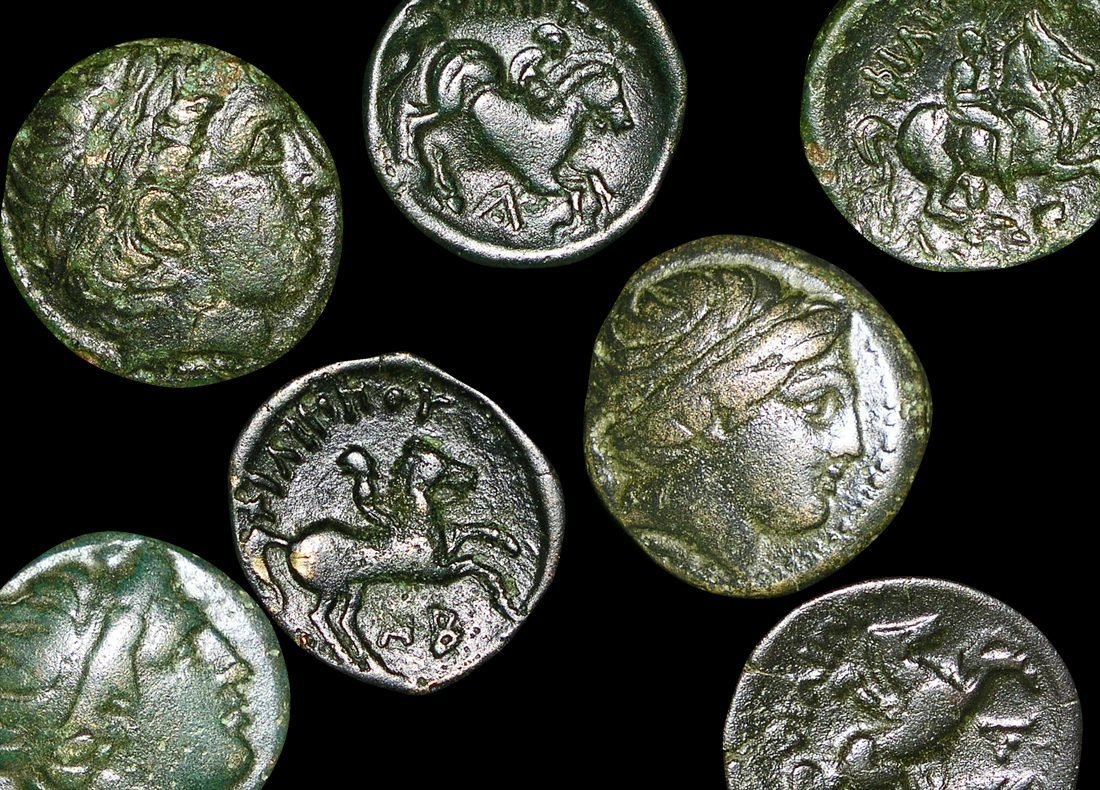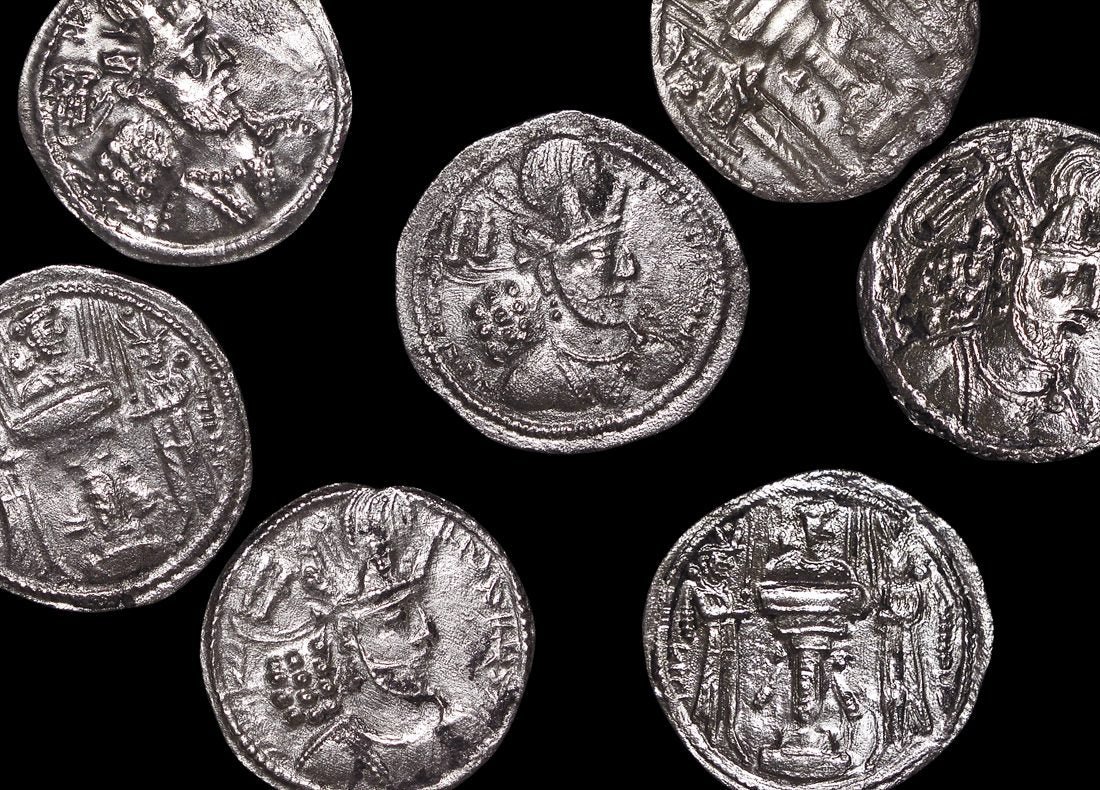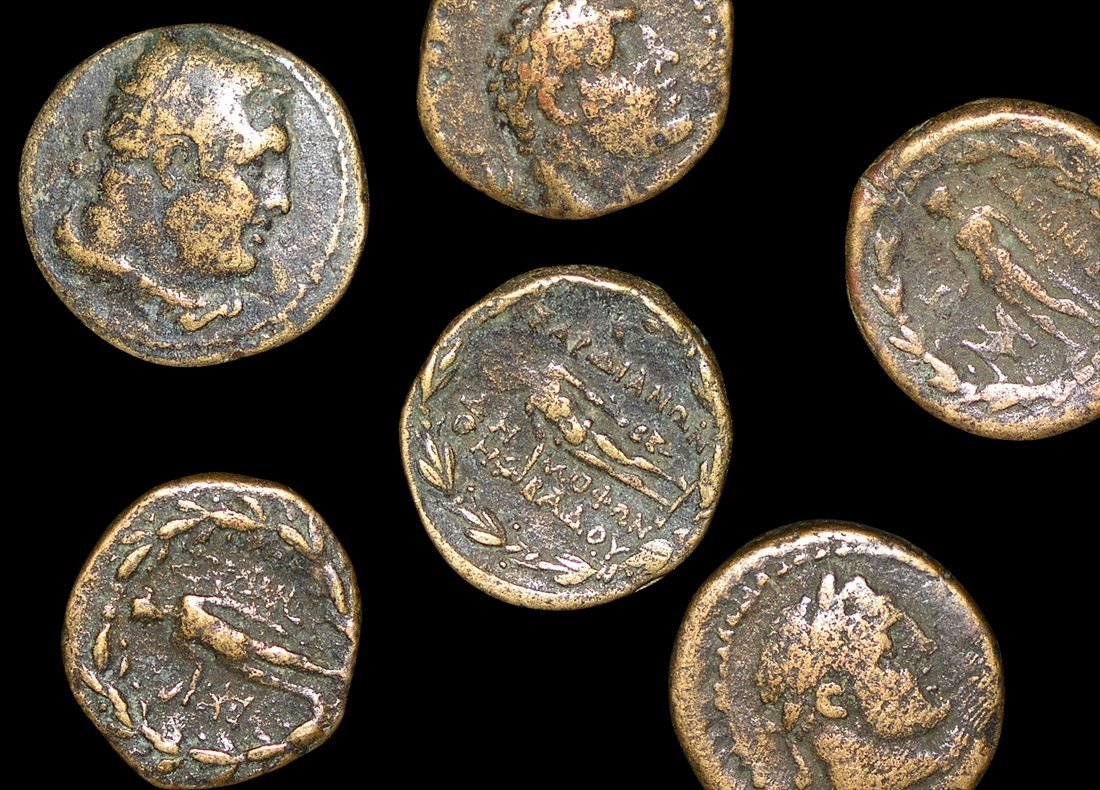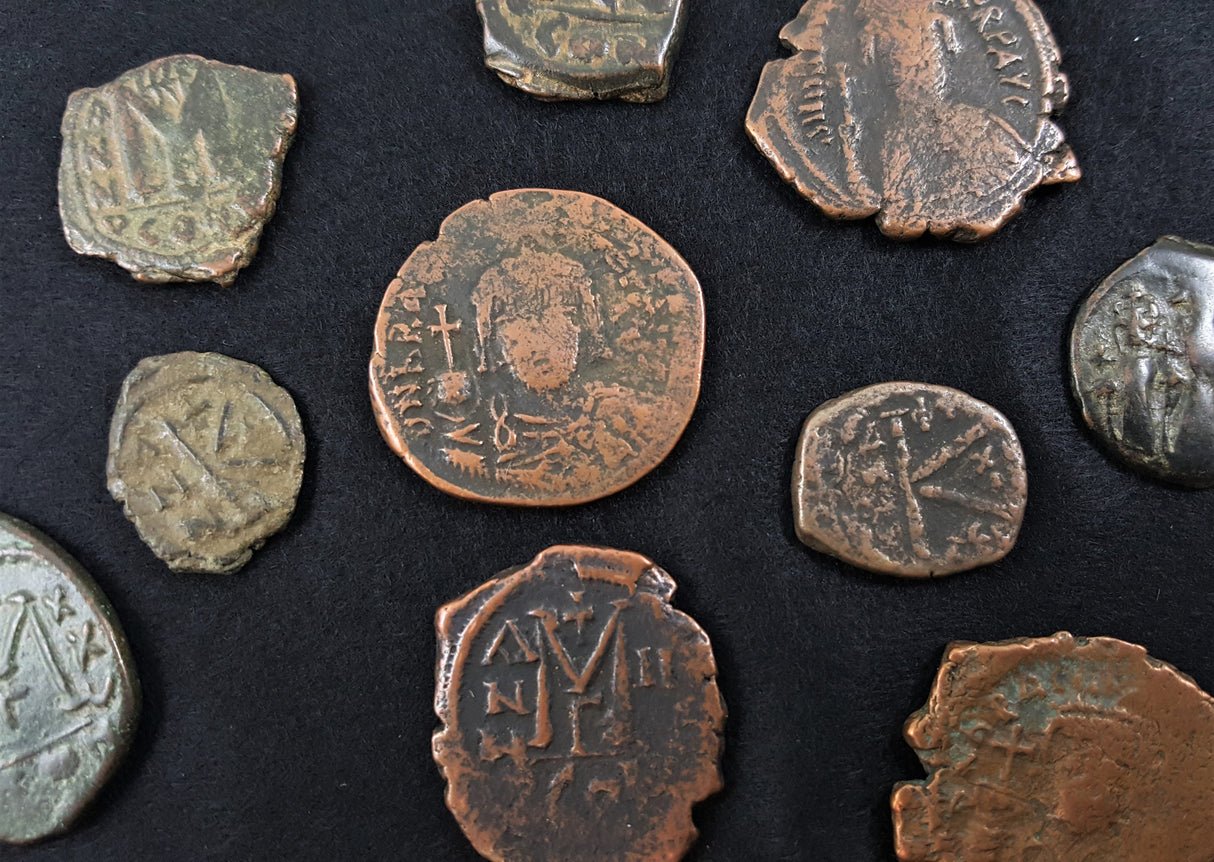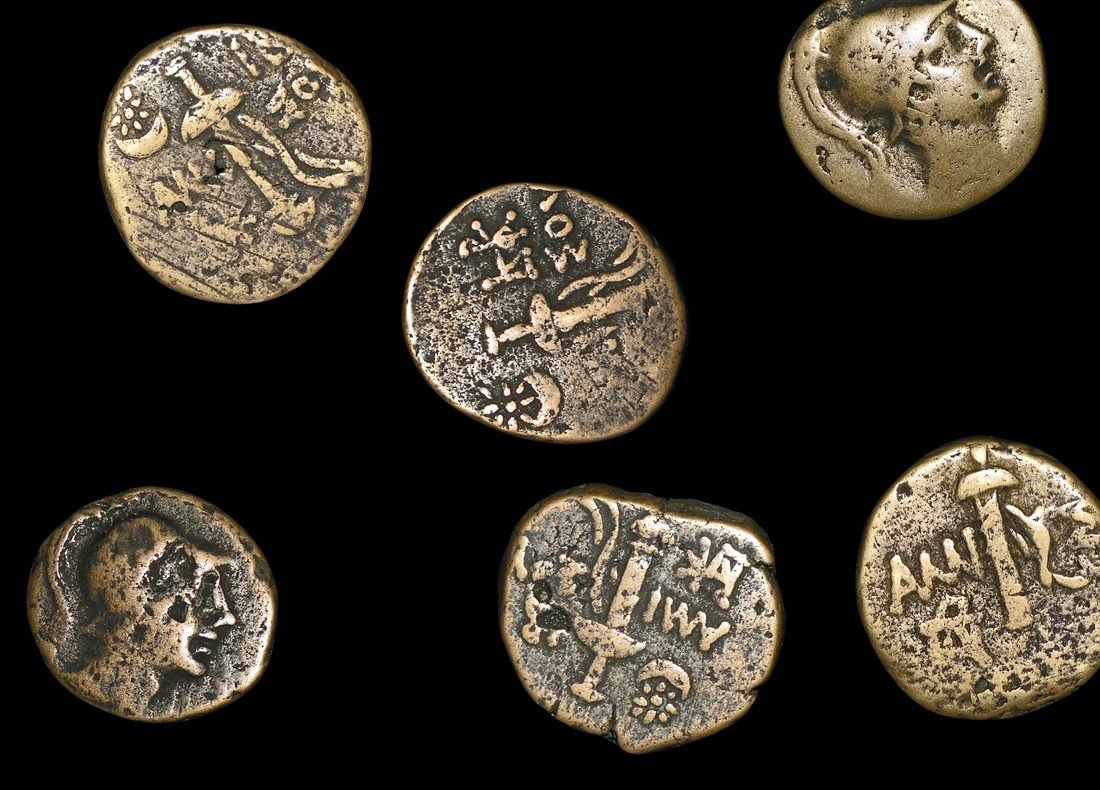 Image 1 of 1
Image 1 of 1


Bronze Coin from Amisos on the Black Sea (about 2100-2400 years ago)
This bronze unit was produced in the ancient Greek colonial city of Amisos, located on the southern shore of the Black Sea in what is now northern Turkey. Minted sometime between the 4th and 1st centuries BCE, this coin represents the commercial and cultural connections that linked Greek settlements around the Black Sea to the wider Mediterranean world.
Coin Description:
Front side: Possibly depicts the head of a Greek deity associated with the city (potentially Ares, god of war, based on the description reference) rendered in classical Greek style
Back side: Likely features civic symbols of Amisos, weapons or shields if related to Ares, or representations of local mythology and identity
Technical Details:
Bronze alloy composition
Small bronze denomination (specific terminology varies by reference work)
Reference numbers not visible in description
Condition not specified (likely Fine, showing expected wear)
Minted approximately between 400-100 BCE
No certification mentioned in description
Historical Significance:
This coin was produced in Amisos, a strategically positioned Greek colony that experienced a complex political history. Founded as a Milesian colony in the 6th century BCE and later resettled by Athenians who renamed it Peiraeus, the city demonstrates the expansive reach of Greek civilization beyond the Aegean Sea. As a member of the Delian League under Athenian influence, Amisos became an important commercial hub connecting Greek trade networks with the resource-rich regions surrounding the Black Sea. The city later became part of the Kingdom of Pontus in the 4th century BCE before ultimately falling under Roman control in 71 BCE following Rome's wars against Mithridates VI. This bronze coin would have facilitated everyday local transactions in a cosmopolitan port city where Greek culture blended with influences from Anatolian, Persian, and Scythian traditions. The coin represents how Greek monetary systems and artistic conventions spread throughout the ancient Mediterranean world, even to distant colonial outposts along the Black Sea shores.
This bronze unit was produced in the ancient Greek colonial city of Amisos, located on the southern shore of the Black Sea in what is now northern Turkey. Minted sometime between the 4th and 1st centuries BCE, this coin represents the commercial and cultural connections that linked Greek settlements around the Black Sea to the wider Mediterranean world.
Coin Description:
Front side: Possibly depicts the head of a Greek deity associated with the city (potentially Ares, god of war, based on the description reference) rendered in classical Greek style
Back side: Likely features civic symbols of Amisos, weapons or shields if related to Ares, or representations of local mythology and identity
Technical Details:
Bronze alloy composition
Small bronze denomination (specific terminology varies by reference work)
Reference numbers not visible in description
Condition not specified (likely Fine, showing expected wear)
Minted approximately between 400-100 BCE
No certification mentioned in description
Historical Significance:
This coin was produced in Amisos, a strategically positioned Greek colony that experienced a complex political history. Founded as a Milesian colony in the 6th century BCE and later resettled by Athenians who renamed it Peiraeus, the city demonstrates the expansive reach of Greek civilization beyond the Aegean Sea. As a member of the Delian League under Athenian influence, Amisos became an important commercial hub connecting Greek trade networks with the resource-rich regions surrounding the Black Sea. The city later became part of the Kingdom of Pontus in the 4th century BCE before ultimately falling under Roman control in 71 BCE following Rome's wars against Mithridates VI. This bronze coin would have facilitated everyday local transactions in a cosmopolitan port city where Greek culture blended with influences from Anatolian, Persian, and Scythian traditions. The coin represents how Greek monetary systems and artistic conventions spread throughout the ancient Mediterranean world, even to distant colonial outposts along the Black Sea shores.


